We were invited to test ride the new Bajaj Urbanite Chetak EV in Pune city.
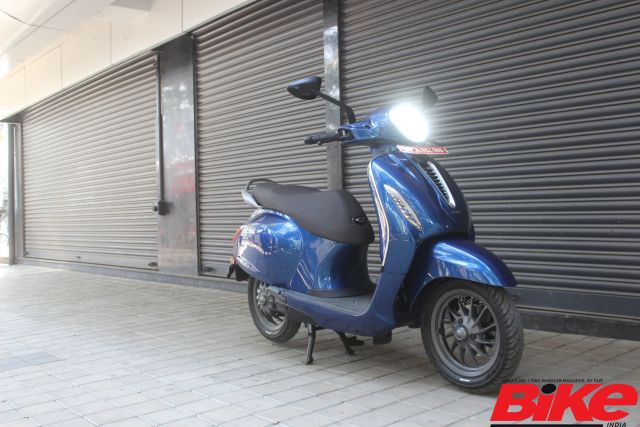
Maybe we should just call it ‘Chetak’ because this EV has no Bajaj or Urbanite badging on it. Following a first ride experience that lasted for a couple of hours, here are a few things that we think you must know before putting your money down on one. Of course, more details will follow in the first ride report in the March issue of Bike India magazine.
Styling
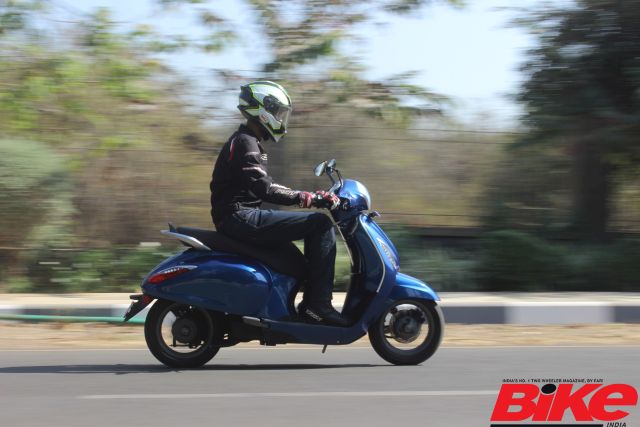
The Bajaj Chetak of the previous era was an icon its own right with a silhouette recognisable from afar. The new Chetak EV carries forward the highlights of that classic styling in a package that will appeal to the masses of the present century as well. If you like LEDs, digital displays, shiny paint and lots of curves, the Chetak could definitely work for you. Furthermore, everything fits together nicely and gives the Chetak an upmarket feel.
Instrumentation and Switchgear
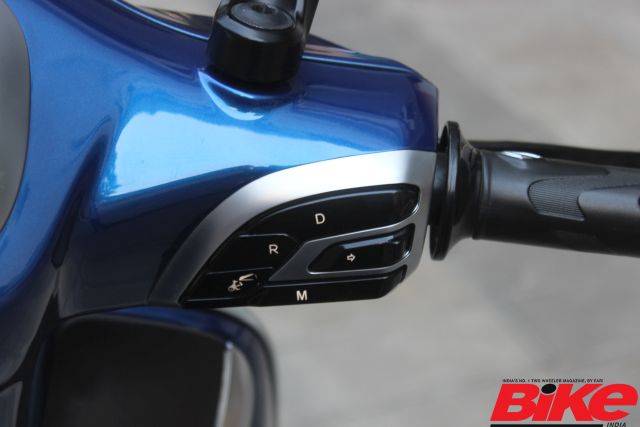
The Chetak sports a round, reverse-LCD with a neat layout that displays just about enough information for the rider. Flanking the display are two sets of buttons that comprise the switchgear. The switchgear is made of good-quality plastic and is also quite responsive and easy to use.
Mechanicals
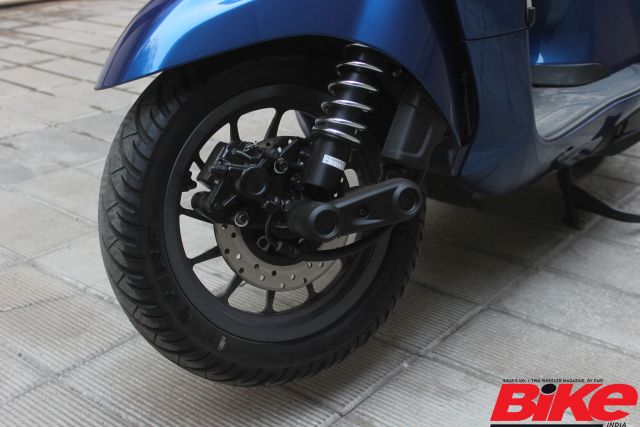
Beneath the almost-full-metal body lies the fully-welded steel frame. At the front a single-arm, trailing-link unit takes care of suspension duties while the rear is managed by a monoshock. The set-up is on the softer side and offers a pliant, comfortable ride. To rub off speed, the rider relies on a single disc brake at the front and a drum brake at the rear. The Chetak also has CBS acting at the rear brake.
Powertrain
Powering the Chetak is a 4-kW (5.44 hp) hub motor (which connects to a gearbox and then to the rear wheel) that draws juice from a 3.0-kWh lithium-ion battery. The rider can choose between two modes. The default riding mode starts off in Eco and shifts to Sport mode the moment the rider opens the throttle more than 85 per cent. Drop below 85 per cent and it’s back to Eco mode. Otherwise, just switch to Sport mode and enjoy its benefits throughout. We managed to catch an indicated top speed of 69 km/h. Quite enough for city usage.
Charging and Range
No complications there. The infrastructure for Chetak’s charging include the cable and 15-amp adapter. This means the scooter can be charged using either a heavy-duty or a household socket. You will also receive a home-charging unit that is directly linked to your electricity meter. No more charging woes for multi-storey-apartment residents. The battery takes five hours to go to full capacity from empty and almost three hours for 80 per cent charge. Claimed range figures are 85 and 95 km for Sport and Eco modes respectively. After the first ride, I can say that it certainly does seem capable of it.
Other Features
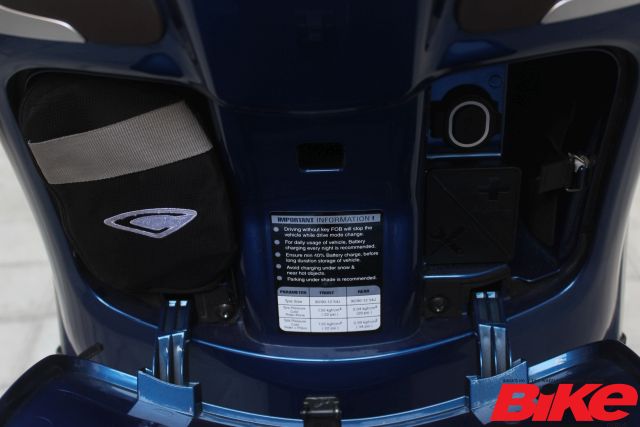
Here are a list of features that we liked. The Reverse mode was useful while backing up the scooter in tight spaces. The additional storage space at the front allows you to safely store the charger and you could also charge your mobile phone. Daily users will also appreciate the small hook at the front. It has a three-kg load capacity and can be useful to carry small bags. The Chetak also has a simple design to keep the rear brake engaged. Instead of stopping the lever using a trigger-hinge, the Chetak uses a button.
Price
The Chetak has two variants on offer; Urbane and Premium. The former features drum brakes at either ends and misses out on the metallic colours while the latter, which we rode, gets a disc brake and choice of metallic paint finishes. The Urbane costs Rs 1.05 lakh while the Premium will set you back by close to Rs 1.20 lakh; both are on-road prices for Pune post the EV subsidies.
Also read: Ather 450X highlights


Leave a Reply